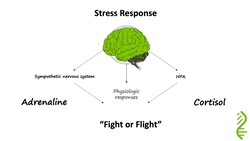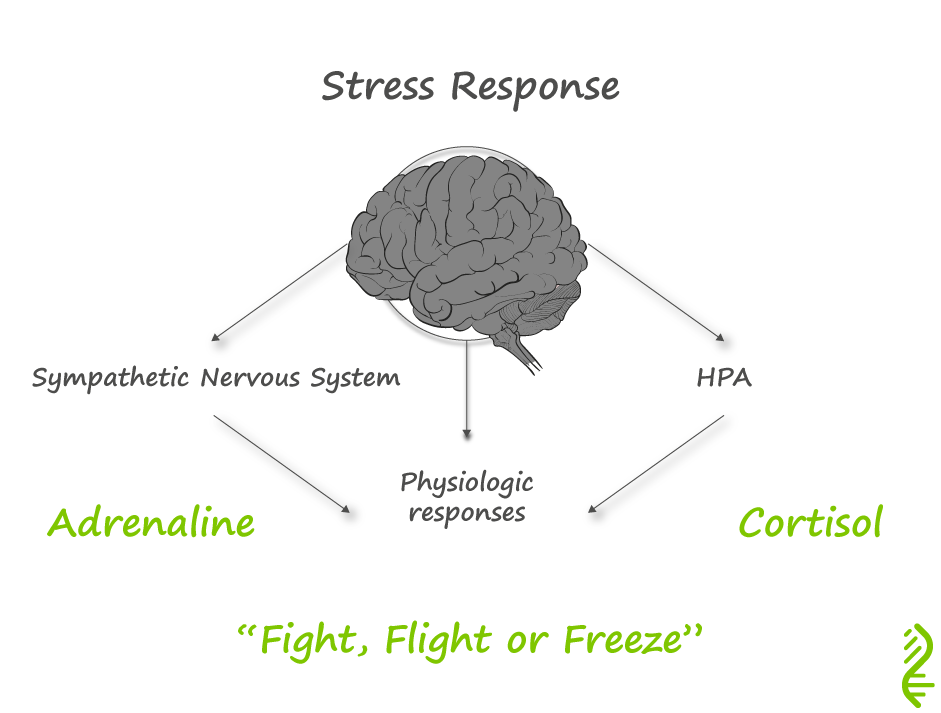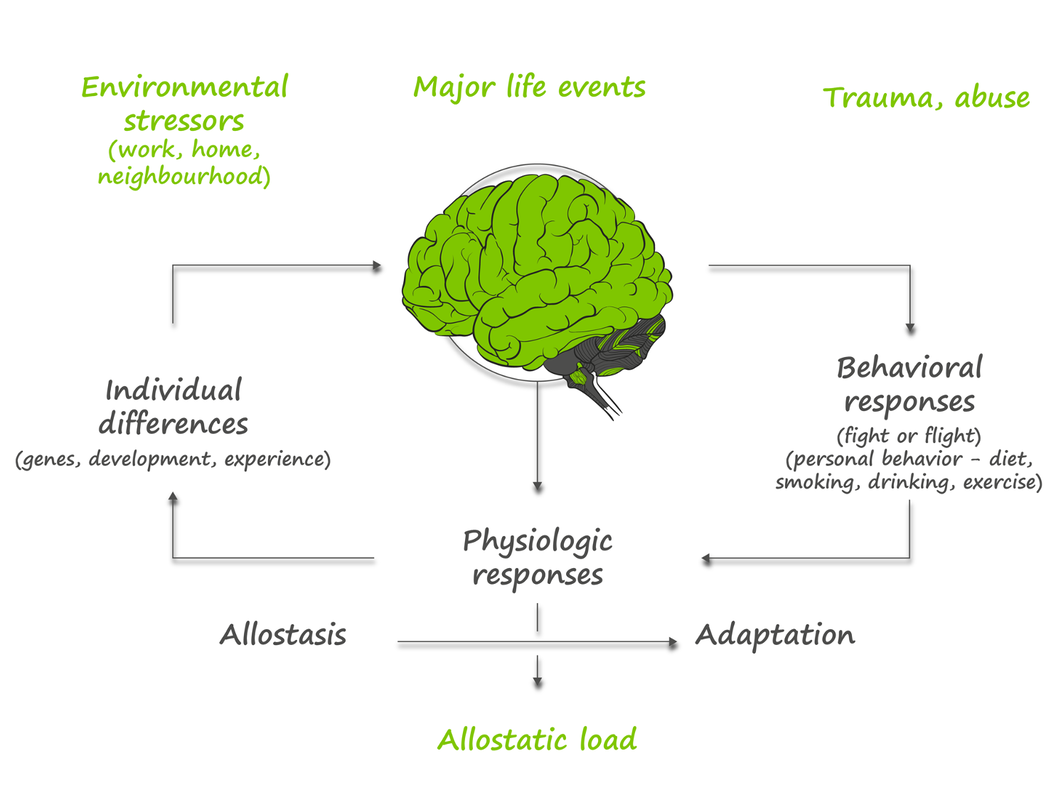|
Changing mindset is one of the most powerful ways to mitigate stress. Carol Dweck, a Stanford psychologist, has shown how we think about a situation will ultimately change the outcome. People with what she calls a “growth mindset” attribute mistakes and mishaps as opportunities for growth and improvement. In contrast, people with “fixed mindsets” are more apt to give up and attribute their shortcomings to character traits or fixed variables that they have little influence over changing or improving.  Photo by sydney Rae on Unsplash At Wellness Garage, we encourage our members to adopt a “The Better Mindset”:
'small changes, done consistently, lead to massive results over time.' In other words, people can improve by doing better in small ways:
When the situation challenges you, and you cannot fit in a workout, eat well, or get your 8 hours of sleep, the better mindset helps you find something you can do better than what could have been. When things don’t go well, the “better mindset” allows you to reflect and learn from the situation to plan better next time. When you fall off track, the “better mindset” reminds you that tomorrow is another day to be better. Above all, the “better mindset” is about taking small steps to improve and feel good about yourself. Combining the “growth” and “better” mindsets will help you manage the multiple stressors many of us have in our lives: work, kids, family commitments, financial stressors, our health. When you find it overwhelming just managing everything in your day-to-day routines, try to shift your thinking about stress. Use the “growth” mindset to look for how you can extend control over your current situation. Instead of focusing on being overwhelmed, examine how you can learn and grow. Then take the “better” mindset and realize that you do not need to do everything perfectly; that better is better. Maybe you don’t have time to cook dinner, do your workout, help your kids with their homework, but you can order a healthy meal delivery from a local restaurant that you have meant to try, get out for a walk (instead of cooking) and help the kids. By shifting to “better” rather than “perfect,” you get the opportunity to learn new ways to manage. Whenever you find your mind sending messages of being overwhelmed or feeling powerless, try countering the thought by feeling grateful for opportunities in your life. Feel gratitude for all the good things in your life, even if together they can be a bit stressful at times. Research shows that having a “gratitude” mindset and doing the simple exercise of reciting three things you are grateful for each day will make you a happier person with less stress. We cannot control everything in life, but we do have more control over our mindset and how we interpret our stressors. That which does not kill us, makes us stronger - (Friedrich Nietzsche) ...provided we get enough recovery - (Wellness Garage) Chronic stress can play a central role in the development and progression chronic disease and ill health. But stress is not all bad Let’s consider the paradox of stress Protection and damage are the two contrasting sides of physiological processes that defend our bodies against the challenges of daily life, whether or not we call them “stressors.” We respond to stress in two ways:
Our bodies are designed to respond to a challenge (or stress) by
This process is called allostasis – the ability to achieve stability through change. Your response to a stressor is determined by many factors:
ALL of which determine the extent of your physiological response. Over time allostatic load can accumulate OR the individual can adapt. The immediate stress response is mediated by two systems:
 When a situation is perceived as stressful – the hypothalamus sends signals to activate both stress responses. The hypothalamus signals the inner part of the adrenal gland to release adrenaline and which activates the sympathetic nervous system, resulting in:
The effect is immediate and is experienced as the adrenaline rush. The hypothalamus also releases a hormone CRH which activates the pituitary gland to secrete adrenocorticotropic hormone (ACTH) the hormone that stimulates the outer part of the adrenal gland to produce cortisol. Cortisol enables the body to maintain steady supplies of blood sugar for a more prolonged stress. Adequate and steady blood sugar levels help person to cope with prolonged stressor, and helps the body to return to normal. Cortisol does this by:
Once the stress is over the body recovers by:
Every system of the body responds to acute challenge with allostasis leading to adaptation. When these acute responses are overused or inefficiently managed, allostatic overload results. There are 4 patterns to the accumulation of allostatic load:
Remember, three factors largely determine individual responses to potentially stressful situations:
So the key to avoiding the damaging effects of stress is to:
This is why developing stress tolerance is one of our 6 pillars of health Strategies like meditation, yoga, mindfulness, hobbies and anything that brings you into flow can help both the recovery and the perception of stress. Other strategies like ‘stress audits’ can help you identify the areas of life within your control that are causing you stress. Decisions can then be made to alter or avoid these particular situations. Changing your perception of a stressful situation is one of the most powerful ways to develop stress tolerance. Katie Byron has a process called “The Work” in which she walks you through a process that has you answering 4 questions about the situation: Developing a strategy to tolerate stress is a key part of maintaining health - what is your strategy?
|
AuthorDr. Brendan Byrne Categories
All
|




 RSS Feed
RSS Feed
